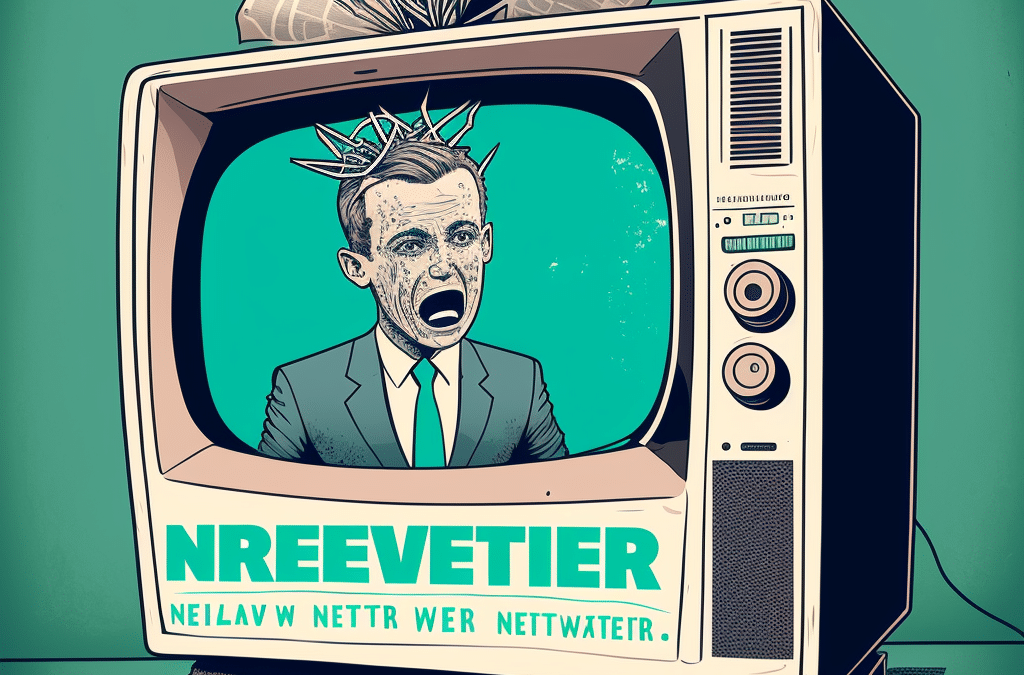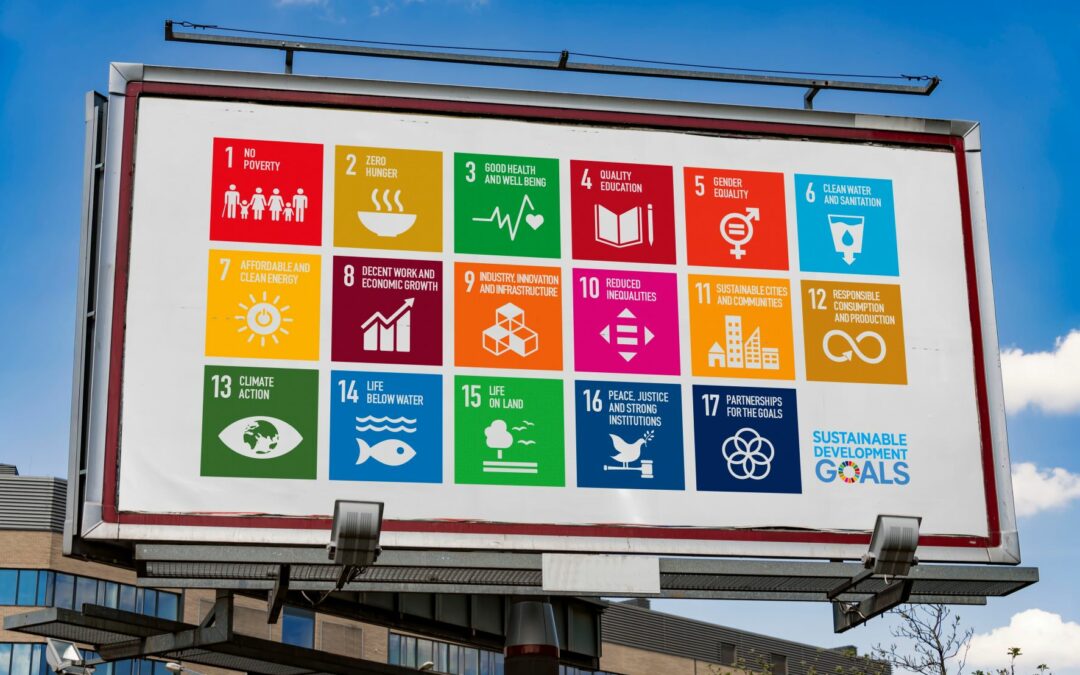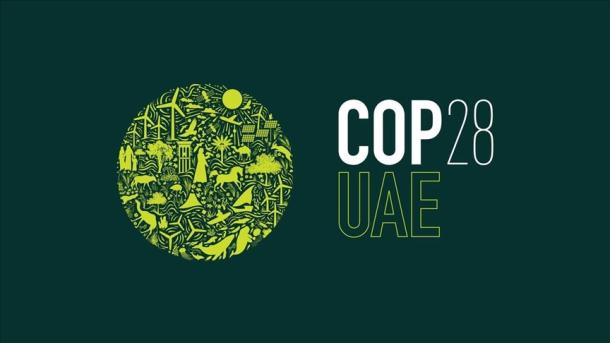The global fashion industry is one of the largest, most resource-intensive industries, and a powerful engine for global growth and development. In its current state, there is no sustainable fashion and the industry presents a danger to the planet, as it accounts for;
Additionally, textile dyeing is the world’s 2nd largest polluter of clean water. Furthermore, the clothes produced by the industry are discarded. The materials used are incinerated or sent to a landfill.
In short, the fashion industry has a powerful and negative impact on our environment. Every actor from producers to consumers bears some degree of responsibility and all need to be part of the change.
Some consumers and producers have started to accept this obligation: eco-friendly shopping is becoming increasingly popular along with a rise in the demand for more sustainability in fashion. “From 2000 to 2015, clothing production doubled in volume, but the number of times a garment was worn before being thrown away decreased by 36%.” (New York Times, 2021)
These emerging trends need to be encouraged on a global level to make brands and retailers more accountable for their choices.
The first step is to raise awareness and encourage the momentum of change. Otherwise, these encouraging developments could be another one of the many fads that consumers latch onto for a short period of time.
Selected Organizations:
Here are some of the organizations driving change toward sustainable fashion.
Fashion Act Now (2020; London)
Aims to “radically challenge the industry’s environmental record.” Their work is built on the belief that “non-violent direct action and civil disobedience is a vital component to holding the fashion industry to account and calling for climate justice.” They focus on the “use of dialogue, research and campaigning.” So that they can “strengthen and inspire the work of activists” who use non-violent methods of bringing about change.
Fashion Takes Action ( 2007; California)
Believes that there is a disconnect between the consumer and the sustainable fashion movement and that there is a need to bridge this gap. As such, they aim to “empower the next generation of consumers to make more responsible purchasing decisions when it comes to their clothes”. Their work involves advancing sustainability in fashion through “education, awareness and collaboration”.
Global Fashion Exchange (2013; New York)
Takes a simple concept and uses it to promote sustainability: Bring a clean piece of clothing (or more) that’s in good condition to the Global Fashion Exchange, hand it over to the staff and then pick a garment from their stock. This is done in an attempt to “empower brands and consumers to take action for a better environment”. While also working to “build communities, help brands get on the right track and create roadmaps that catalyze positive change.”
Sustainable Apparel Coalition (2010; San Francisco)
Has a vision of a future where the fashion industry stops producing “unnecessary environmental harm”. As such, it’s working to reduce the environmental and social impacts of apparel, footwear, and textile products around the world.” They developed the Higg Index; “a suite of tools that enables brands, retailers, and facilities of all sizes—at every stage in their sustainability journey—to accurately measure and score a company or product’s sustainability performance.”
The New Fashion Initiative (2019; Seattle)
Raises “awareness of the environmental and social impacts of the fashion industry.” They also work with “academics, designers, businesses, and other non-profits to bring sustainable solutions to a broken system”; helping them to collaborate, share research, and “convene in order to effectively address systemic issues.”
Global Fashion Agenda (2005; Cophenhagen)
Believes that both brands and retailers are at the centre of “securing comprehensive change and increasing the industry’s sustainability performance.” As such, they are working towards developing a digital platform that helps both to “connect with innovators.” Creatives are able to “integrate sustainable practices into their design thinking, and the industry can interact and share knowledge at large.”
In conclusion, these organisations and groups are working to educate the public so that they understand that there is a need to change. Only time will tell how successful their work is or will be in changing long-established norms and habits by fashion consumers and producers. However, a movement toward a more ecologically conscious sustainable fashion industry is underway and you can follow this movement through the websites referenced here and through The Security and Sustainability Guide, which is tracking these important developments.
Suggested Readings:
- ReFashioned: Cutting-Edge Clothing from Upcycled Materials by Sass Brown ( Laurence King Publishing, 2013)
A book that focuses on upcycling, which is becoming “a huge part of the reinvention of the fashion industry.” Brown showcases “46 emerging designers who work with recycled materials and discarded garments. From the weird to the wonderful, ReFashioned features the likes of Kerry Howley’s Attraction/Aversion necklace collection made from discarded human hair, and the MAYER. Peace Collection made from linen sheets, flour bags and military tents.” - The Dirty Side of the Garment Industry: Fast Fashion and Its Negative Impact on Environment and Society by Nikolay Anguelov ( The book “exposes how clever marketing tactics designed to increase demand skillfully hide this reality. An in-depth examination of the international fashion trade and related goods, this book explains the ecological damage resulting from the high rate of discarding old clothes. It focuses on the promotion, globalization, and integration of the apparel sector into our social and political landscape.”




0 Comments